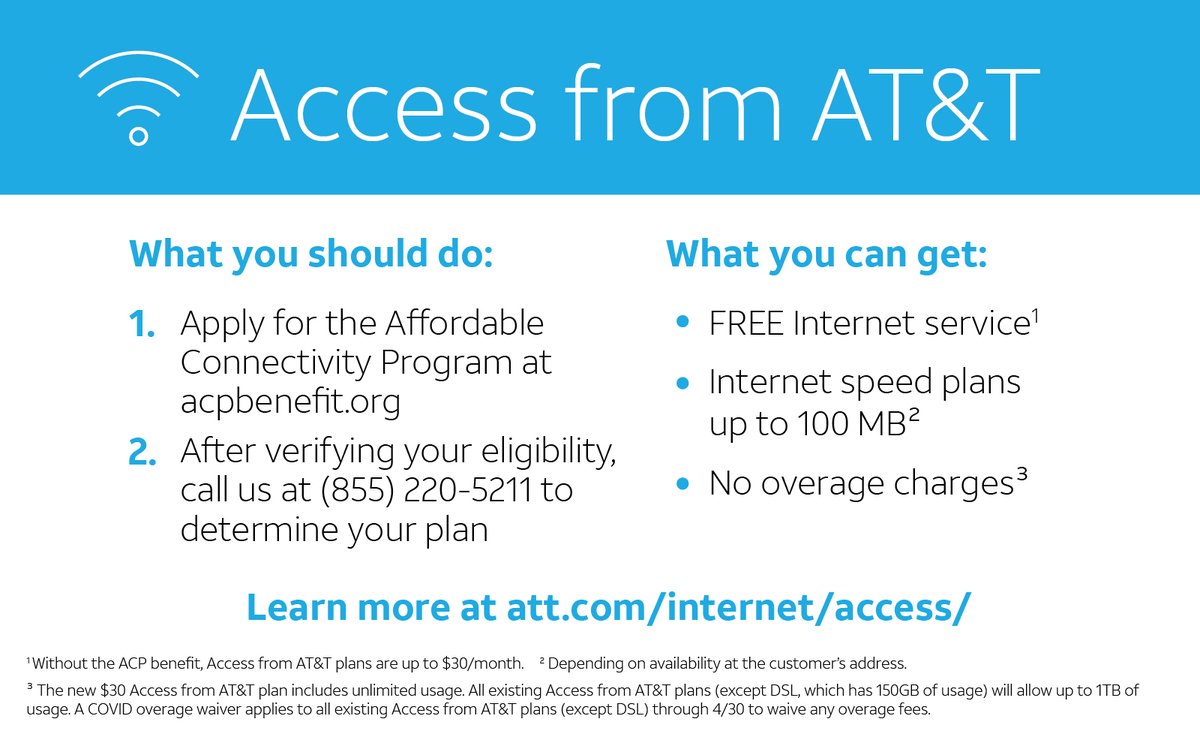

The default ATT Home Base IP Address is: 192.168.0.1Īfter you have entered the router's IP address in the address bar simply press the Enter key on your keyboard.


Find the address bar in your router and type in your router's IP address. This is usually found at the top of the page like this: Browser address barĪbove is an example of what a web browser address bar looks like. Once you have opened the web browser you want to use, find the address bar. It normally doesn't matter which browser you decide to use, we recommend picking one you are the most familiar with such as Chrome, Internet Explorer, Edge, or Firefox. This means you need to login using a web browser. This router, along with most others, use a web interface to make setting changes.
#Att port forward utility how to
In this step we show you how to login to the ATT Home Base router interface. Write this static IP address down, you need it a little later in this guide.
#Att port forward utility free
Recommended - Our free program will setup a static IP address for you.This ensures that your ports will remain open even after your device reboots. I built, bought/leased, used all of this stuff with almost every service provider in the US back in a previous life, I’ve had to deal with issues like this in the past, it’s just peeling the onion and getting it corrected.It is important to setup a static ip address in the device that you are forwarding a port to. Then give them a POTS or CLLI, or circuit ID for your business, ask them to dig in and see if there’s a conflict. Give them your order, tell them you’ve had a conflict that’s holding a pending service order. Call in to their 800 #, ask for a supervisor. If your sales contact is worthless, escalate.

If you call in, and you say porting, they’re going to blind transfer you to some POTS group. You’re cutting your service over to another provider. The proper term in your case is likely “cutting”.
#Att port forward utility code
The front end of that long circuit code will be the Central Office, and the trailing CLLI code will be the ID for your address.Īlso, “porting” is a term generally reserved for POTS/voice services. The circuits that feed a CLLI code will have a combination of a source/destination CLLI code…really long. You might find a CLLI code, it will be 11 letters, NYCMNY50DS2 is a DMS100 POTS switch in NYC. HCXX/#/xxxx would be a digital service circuit ID, probably a T1. Might look like CAT5 on a biscuit with an RJ connector going off to a CSU/DSU.Ī hi-cap circuit is will have a 2 digit number, 4 letters, a 5 or 6 digit number, and 4 trailing letters. It’s almost always 3/4” plywood, you might seen 25 copper pair punched down on a block. Might be in a utility closet, or a basement, a room next to an elevator shaft. That will be either a circuit ID or a CLLI code. They will have a cryptic looking ID written on it. If your building ever had any special services, like a T1, or a DS3 with a 3:1 mux, or a fractional T1, or even an analog DS0 channel, they will have a termination somewhere on a backer board. Change your order, make it clear with whomever, and it’ll go thru. They will have that copper pair stored in a mainframe, and it will reference an address.Ĭall in, have them give you that address exactly. Go back and find a POTS line that has service to your business….even if it’s disconnected. If the address got mangled in any way, the order would not go thru.


 0 kommentar(er)
0 kommentar(er)
